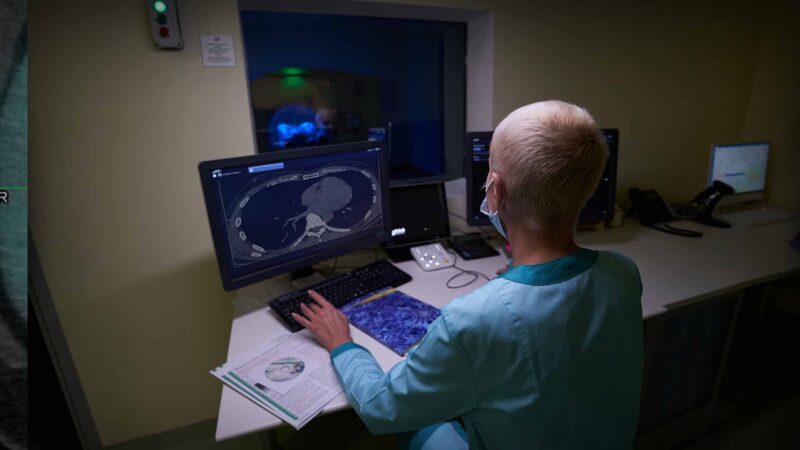Health Career Pathways
How I became an Emergency Physician
with Dr Kim Hansen
Dr Kim Hansen was initially attracted to emergency medicine because of its dynamic and chaotic environment. She enjoyed organising the chaos of the emergency department and working with a variety of patients, from newborn babies to centenarians. Dr Hansen found it fulfilling to help people get better or provide them with assistance and guidance when they couldn’t be cured. The unpredictability of the work was also part of the appeal, and she dedicated herself to developing the skills required to be a good emergency doctor.
To prepare for this role, the Dr Hansen worked in various specialties, including intensive care, paediatrics, anaesthesiology, general medicine, and infectious diseases. She also served as a board member and Chair for the Emergency Medicine Foundation and contributed to the Australasian College for Emergency Medicine in numerous ways, such as advancing women in emergency medicine and promoting patient safety and quality.
Dr Hansen acknowledges that emergency medicine can be a challenging field, as it involves shift work and can be emotionally taxing. However, she remains passionate about what she does to continue to contribute to her department, hospital, and the broader field of emergency medicine. Dr Hansen encourages medical students and junior doctors who enjoy working in a fast-paced, unpredictable environment to consider emergency medicine as a career.
Reflecting on her experience and career pathway, emergency medicine offers a broad range of opportunities, from working in a hospital emergency department to pre-hospital care, retrieval coordination, virtual healthcare, and other specialties such as intensive care, palliative care, or sports medicine. Dr Hansen sees emergency physicians as a cohesive group who support each other and enjoy each other’s company, and the field offers great mobility and work-life balance.
You Might also like
-
Journey of an ICU Nurse on International Nurses Day 2025
Kate Leigh is a clinical nurse at the Sir Charles Gairdner Hospital Intensive Care Unit in Perth, Western Australia, with seven and a half years of experience in intensive care, having started her career in London as a new graduate nurse. Initially focused on haematology, she found herself drawn to ICU after meeting a confident and knowledgeable nurse during a discharge. Inspired by his expertise and assuredness, Kate decided to pursue a transfer to Critical Care after seeing an internal advertisement that highlighted educational opportunities and professional development programs.
-
25 years of non-indexation of nuclear medicine impeding access & affordability
The President of the Australasian Association of Nuclear Medicine Specialists (AANMS), Associate Professor Sze Ting Lee spoke with Australian Health Journal about the following:
Usual levels of nuclear medicine services in Australia each year
Current levels of nuclear medicine services in Australia
How changing demographics in people moving to regional areas has impacted access to nuclear medicine services
The nuclear medicine workforce including trainees
The key recommendations from the pre-budget submissionIn the lead up to the Australian Federal Budget in May 2023, Australian Health Journal reached out to peak health industry bodies to hear about their priorities, either noted in pre-budget submissions lodged with Federal Government in January 2023 or in recent forums such as the Strengthening Medicare Taskforce.
-
Impact of genetic pathologist role across medicine
Dr Marina Berbic is a genetic pathologist and the Deputy Director of Genetics at Douglass Hanly Moir Pathology – a laboratory based in Sydney and part of Sonic Healthcare. The genetics department at Douglass Hanly Moir offers a wider array of genetic tests across many domains, and the medical leadership model ensures the highest possible standard of care and commitment to patient safety.



